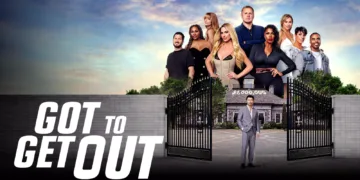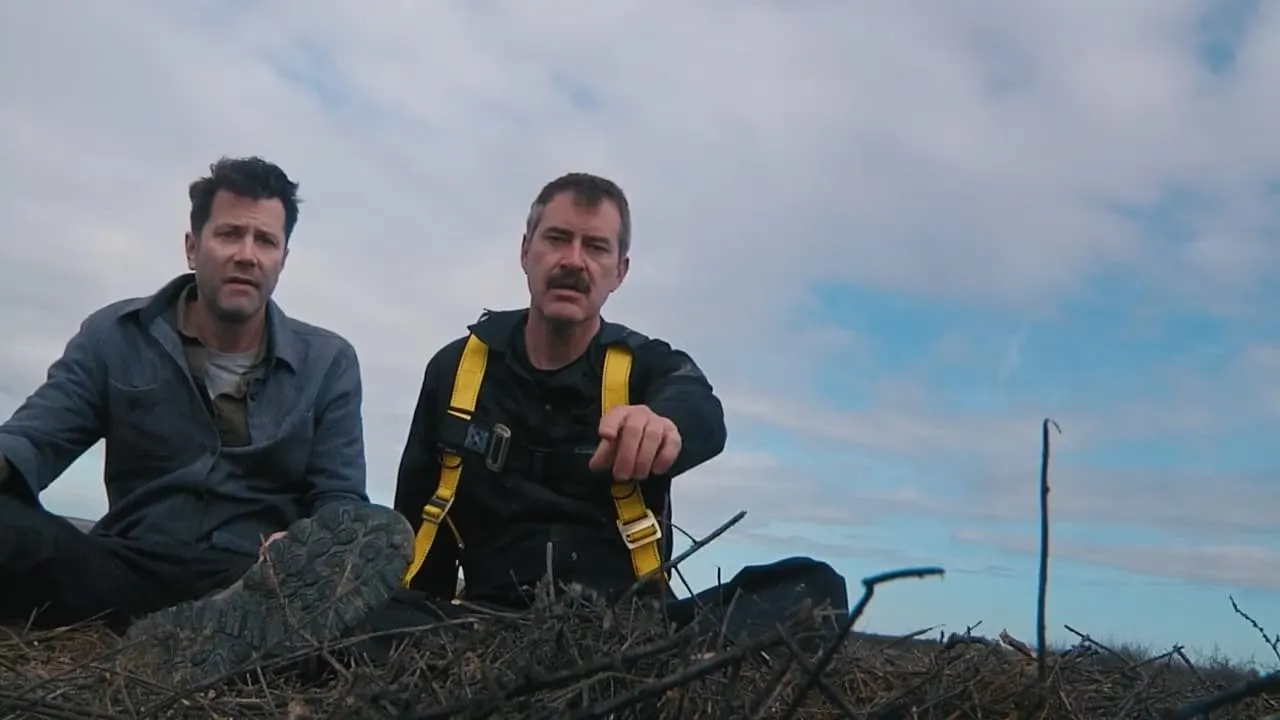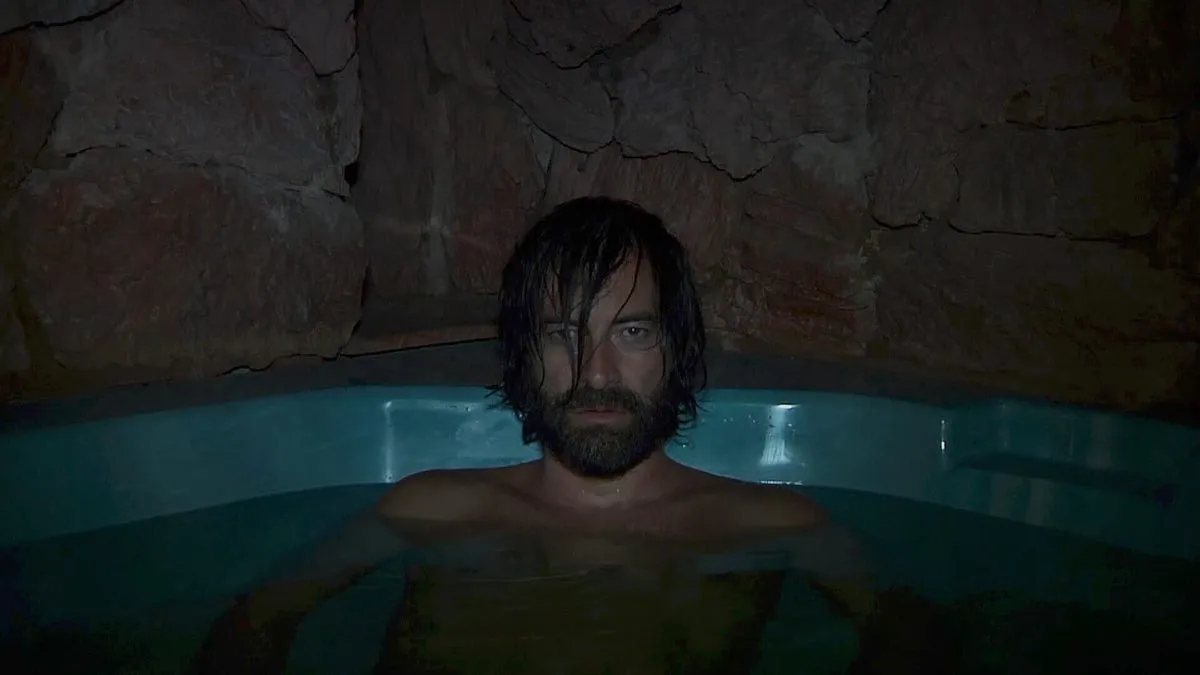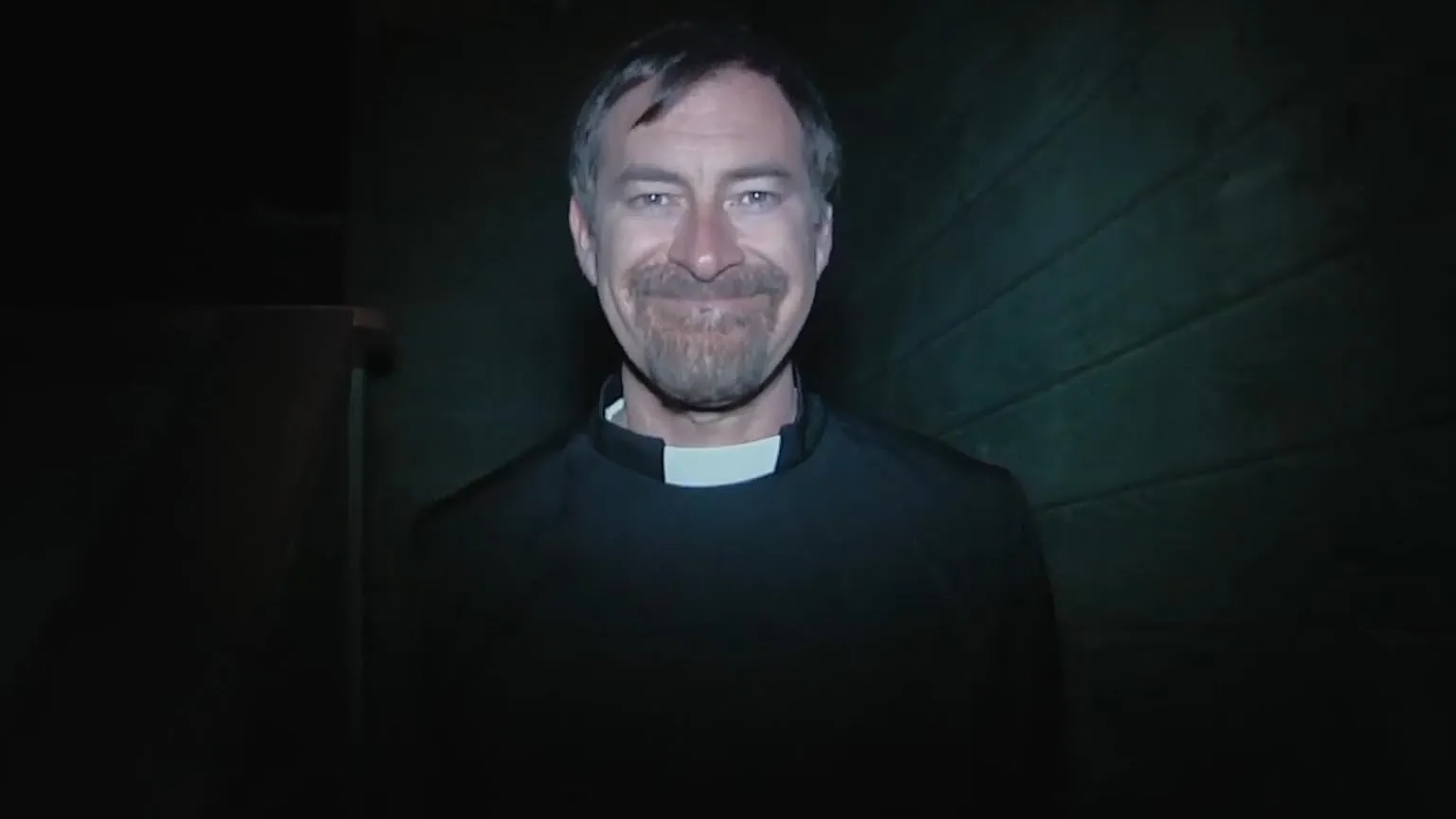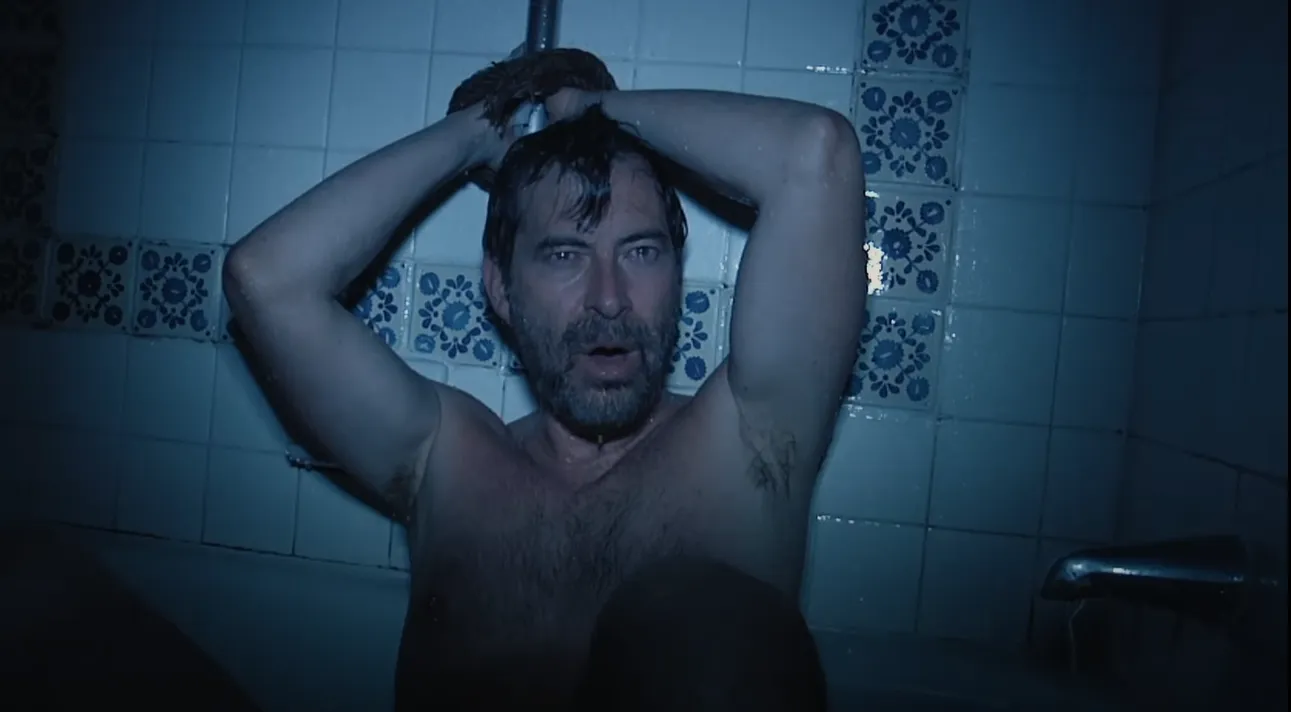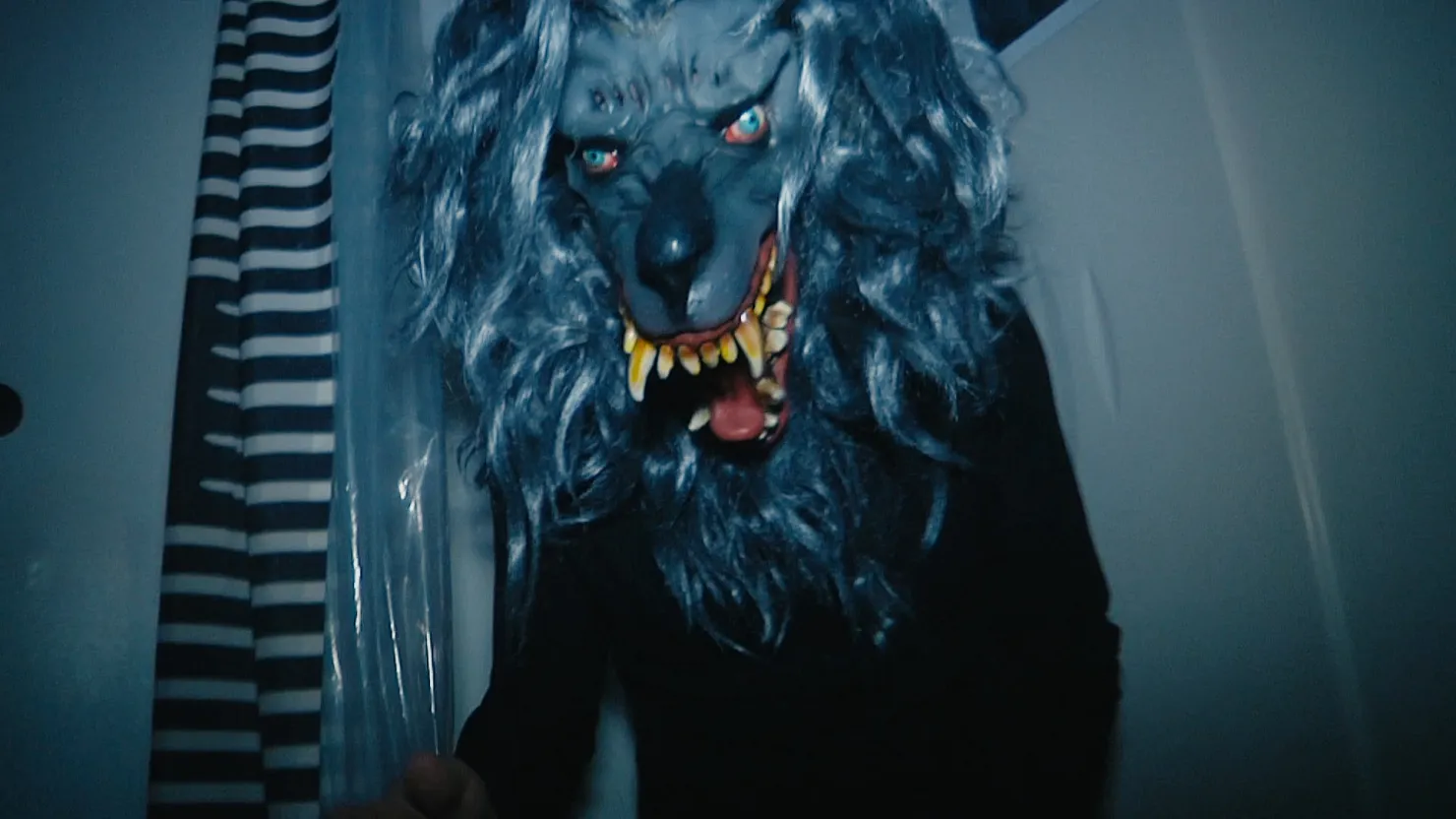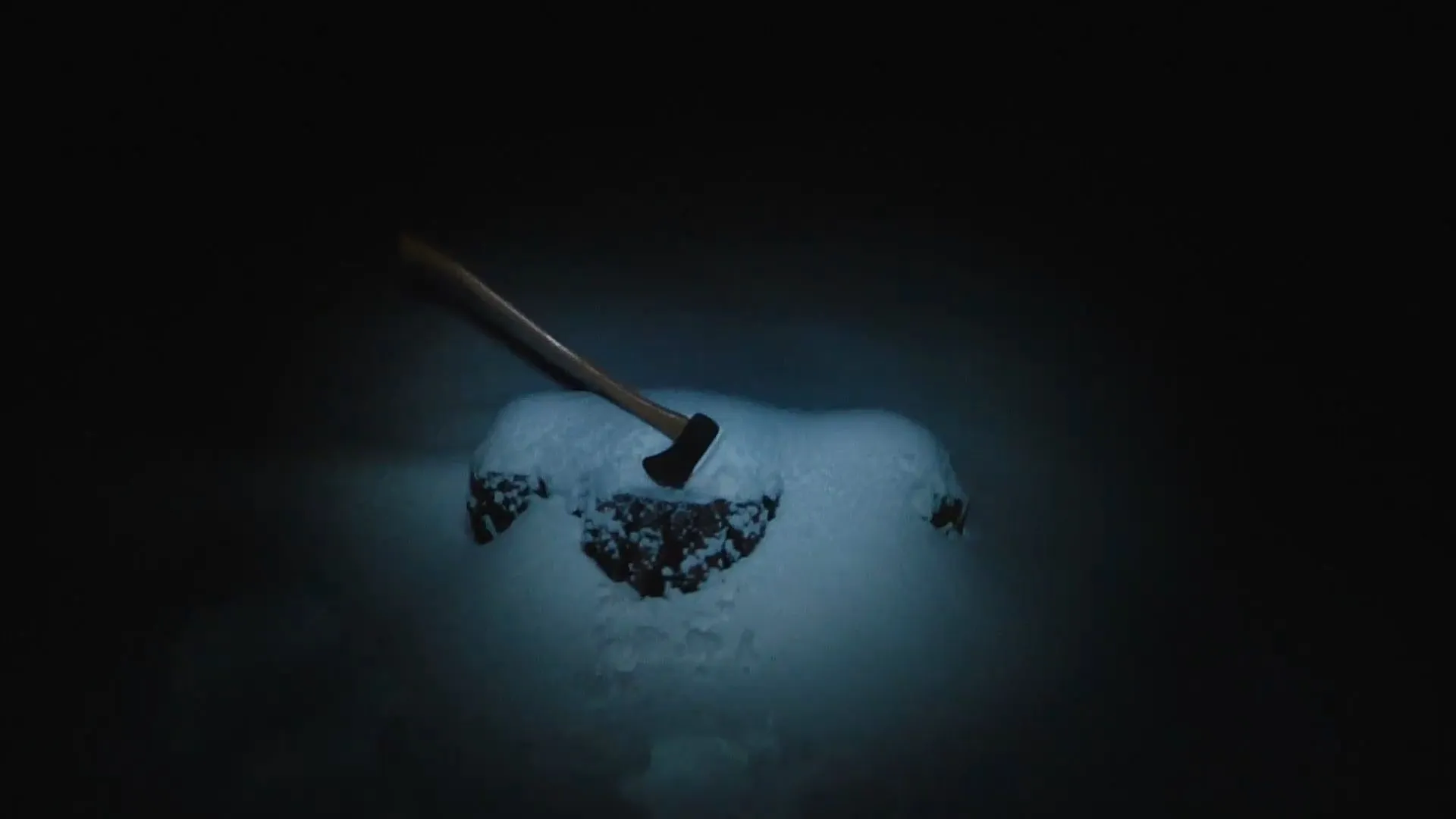“The Creep Tapes,” a six-episode series, adds a new, twisted chapter to the scary world that was first presented in the cult-favourite found-footage movies “Creep” and “Creep 2.” This Shudder and AMC+ release, which came from the minds of Mark Duplass and Patrick Brice, is a bold new direction for a horror series that has been popular for almost ten years.
What started as a possible third movie became a collection series that promises to learn more about the mind of one of the strangest serial killers in modern horror. Duplass is back in the part that has become famous for him, playing the character now associated with awkward, skin-crawling tension and dark humour. The series takes a more open look at the killer’s world than the original movies, which were more private and suffocating.
When it premieres on November 15, “The Creep Tapes” takes viewers on a trip through separate episodes. Each episode tells a story independently but is connected to the larger Creep universe mythology. Moving from movies to TV is smart, letting them be more creative and allowing Duplass and Brice to push the limits of their original horror idea.
The change isn’t just a format change; it’s an intentional artistic choice that will show new sides of a character who is already famous in the world of independent horror. Each 30-minute episode gives a new view of the dangerous relationships that made the first movies so interesting. It also introduces new victims and deepens the main character’s mental state.
Twisted Encounters: Navigating the Peachfuzz Playbook
“The Creep Tapes” is based on a terrifyingly simple but effective idea: Peachfuzz is a serial killer who finds victims by posting harmless job ads that promise easy money for simple camera work. Every show turns into a dark dance of manipulation, as regular people get stuck in situations that get stranger and scarier.
When the show uses found video, it does so with such clinical accuracy that every moment feels too real. Duplass’s killer doesn’t just hunt; he plays a psychological game of cat and mouse with each victim, carefully recording every meeting with a camera that serves as both a weapon and a witness.
Even though the basic plot might sound like it’s been done before, the show breaks expectations by giving each 30-minute episode a new story. A true-crime director looking for the perfect documentary might be the focus of one episode. At the same time, a wandering soul with misguided social justice goals might be the focus of another. Peachfuzz, the predator who goes back and forth between deeply funny and seriously scary, is the only thing that stays the same.
The anthology style lets the story be flexible; each episode can stand on its own while maintaining consistent tension. Some shows detail the killer’s relationship with Peachfuzz, his famous wolf mask, making it hard to tell what is real and what is not. Others look into the planned actions of a serial killer who sees killing as a form of performance art.
A big part of the show is that it’s not just about killing people. It’s a study of the mind that uses humour, discomfort, and sudden changes in the story to keep viewers on the edge of their seats, never quite sure what horrifying turn is coming next.
Predator’s Playground: Dissecting Peachfuzz and His Victims
Mark Duplass turns the typical serial killer into something very scary in “The Creep Tapes.” His Peachfuzz isn’t your normal scary bad guy; he’s a walking contradiction of forced humour and planned violence. Duplass does a great job of balancing comic improvisation with real danger, making the character both silly and scary at the same time.
A very wide range is needed for the function. At one point, Duplass might be doing his best Forrest Gump version while stalking his prey. At another, he could be committing a brutal murder with chilling accuracy. This lack of certainty is what makes Peachfuzz so interesting. He’s not a killer who lurks in the background, brooding. Instead, he’s a talkative, almost performative predator who treats every meeting like a weird social experiment.
On the other hand, the victim figures feel like they could be used in any story. They are mostly white guys who are drawn to the offer of easy money and are showing a surprising amount of patience for Peachfuzz’s increasingly strange behaviour. Their lack of depth becomes a plot device that emphasizes how mentally powerful the killer is.
Guest appearances give the show a lot more flavour. Krisha Fairchild is a great addition that stands out. She matches Duplass’s strange energy and takes the character to stranger places. People say that her episode gives us the most detailed look at Peachfuzz’s past.
As Peachfuzz’s alter ego, the wolf mask is more than just a prop. It’s an extension of the killer’s mind that shows a broken identity that makes reality less clear. Duplass plays with this idea, sometimes treating the mask as a different thing and other times using it to show more complex psychological issues.
Ultimately, Duplass makes a scary protagonist who doesn’t behave like most people would expect. Not only is he scary, but he’s also unbearably interesting. Every time he talks to a victim, he turns it into a dark, unpredictable dance that makes people laugh and cry simultaneously.
Crafting Chaos: Brice and Duplass’s Narrative Alchemy
Patrick Brice’s direction of “The Creep Tapes” is a great example of how to use found footage to tell a story. Many directors would see the structure as a cheap trick. Still, Brice turns it into a precise tool for manipulating people’s minds. With camera movements and framing that create an almost unbearable personal tension, each episode feels like it was carefully put together.
The writing has a very thin line between dark comedy and real fear. It’s not just information that dialogue gives; it’s also a psychological tool. Duplass and Brice know that real fear lives in the awkward places between funny and scary. Their writing lets Peachfuzz ramble, joke, and scare in the same sentence, creating a story rhythm that keeps viewers guessing.
The series’ collection format leads to new ways of telling stories. The creators don’t force the story to go in a straight line; instead, they treat each show like a separate psychological experiment. One show could feel like a bad true-crime documentary, while another could be like an improv comedy that turns into a nightmare over time. This method lets you be creative in ways that standard horror formats often don’t.
The use of found footage stops being just a style choice and starts becoming a character in the story. The camera angles make you feel vulnerable, the sudden moves make you tense, and the amateurish filming style makes you feel more real. In found video horror movies, what isn’t shown can be scarier than what is. Brice knows this.
“The Creep Tapes” goes from a simple horror show to a deep psychological study of human weakness and the urge to hunt through subtle storytelling devices like awkward pauses, dialogue that sounds like it was improvised, and sudden changes in tone.
Lens of Terror: Visual Mechanics of Mayhem
With a raw, uncompromising visual style that honours and challenges the found footage genre’s traditional techniques, “The Creep Tapes” welcomes the found footage aesthetic. In contrast to well-made horror movies, the series uses a deliberately amateurish visual style that strengthens the feeling of realism and immediate danger.
The photograph doesn’t try to look professional on purpose. The shaky camera moves, bad framing, and shot compositions that look like they were put together randomly become tools for the story instead of technical problems. Each episode feels like a real, unedited video that someone accidentally took while walking into a horrible situation. Any flaws in the visuals serve as psychological triggers to make viewers uncomfortable.
The production’s look seems affected by its limited budget, but not always in a bad way. The basic production design pushes people to be creative, turning ordinary places into psychological pressure cookers. Night vision scenes, often used in found footage movies, are used rarely and well, creating moments of pure visual tension where the darkness becomes a character in its own right.
Keeping the same look from episode to episode becomes a minor art form. With each new episode, the story is different, but the visual language stays the same. As Peachfuzz tells her strange stories, the camera stops being just a tool for observation. It starts participating in them, recording staged and incredibly natural moments.
With its creative visual choices, the series goes above and beyond normal horror fare. What could have been a simple horror show becomes a meta-commentary on documentary filmmaking and psychological manipulation thanks to unexpected angles, purposely broken technology, and well-planned “amateur” filming methods.
This creates a powerful visual experience that constantly confuses viewers—they never quite know if they’re seeing a real scary or staged scene.
Twisted Reflections: Psychology of Predation
“The Creep Tapes” is a dark psychological playground where scary and funny things happen simultaneously in uncomfortable and exciting ways. The show examines how weak people are through the lens of absurdist terror, turning everyday interactions into psychological minefields where every awkward laugh could be the start of something violent.
Peachfuzz is a unique kind of horror that uses psychological tricks instead of typical killer techniques to scare people. The character turns into a sick performance artist and treats each victim as a hideous test subject. Dark humour isn’t just a plot device; it’s also a psychological tool that disarms viewers with awkward comedic moments that quickly turn into real fear.
The main ideas look at power relationships with great accuracy. Each episode takes apart the thin veneer of social interactions to show how easily basic psychological cues can be used to control people. People are pulled in not by physical force but by carefully planned situations that play on basic human weaknesses like curiosity, needing money, and politeness.
Through its focus on modern male fears, the series makes subtle social comments. Peachfuzz turns into a funhouse mirror that shows toxic manhood, performative identity, and the predatory urges that lie beneath seemingly normal interactions. The wolf mask is a powerful symbol of how identity is performed, making it hard to tell the difference between persona and true self.
Using awkward humour and psychological strain as weapons, “The Creep Tapes” turns horror into a deep reflection on how vulnerable people are, how we act in social situations, and the monsters that hide among us in everyday clothes.
Narrative Fragments: Peachfuzz’s Episodic Mosaic
Each 30-minute episode of “The Creep Tapes” is a separate psychological experiment that breaks down the rules of standard horror storytelling. The anthology structure lets authors try new ways of telling stories, so Duplass and Brice can look at psychological terror from different points of view without being limited by the rules of linear storytelling.
Each show can be watched independently, but they are all linked by Peachfuzz’s tendency to be a predator. The third episode, about a true-crime documentary filmmaker who gets involved in what he thinks is the ultimate murder documentary, is one of the most interesting. This episode shows how the show can surprise viewers by turning possible victim stories into complicated psychological investigations.
The pace changes brilliantly between painfully slow-building tension and sudden, shocking revelations. Some episodes are more like weird social studies and more like dark comedies or fake documentaries. This narrative flexibility stops repetition, keeping watchers interested and constantly off-balance.
New ways of telling stories shine through in unexpected ways. The show plays with viewers’ assumptions by showing situations that, at first glance, seem normal but quickly turn into psychological horror. With Peachfuzz as the narrator and the nightmare, each show looks differently at how vulnerable people are.
The collection format gives writers much freedom, turning “The Creep Tapes” from a simple horror show into a deep look at performance, identity, and the thin line between social and predatory behaviour.
Predatory Pixels: Reimagining Horror’s Landscape
“The Creep Tapes” goes beyond typical found footage horror by turning a genre that seems overdone into a razor-sharp psychological study. Previous movies in this genre often relied on cheap jump scares and shaky camera work. This series, on the other hand, uses awkwardness and spontaneity as its main ways to scare.
The show makes its unique place in horror stories by being less of a typical scary story and more of a complicated character study of how vulnerable people are. Peachfuzz becomes more than just a serial killer; he’s also a performance artist who manipulates people’s minds, turning every interaction into a weird social experiment that floats between comedy, horror, and existential dread.
There are different ways to interest an audience. People watch and laugh, cringe, and feel real fear simultaneously, going through an emotional roller coaster that goes against what you’d expect from the genre. Unpredictability becomes the main source of tension, as each show promises a different look into people’s minds.
The outlook for the long term looks good. The anthology structure gives the show a lot of freedom, so future seasons could explore different points of view, victims, and storylines. Duplass and Brice have made a system that could be used for more than one version without getting boring.
More importantly, “The Creep Tapes” is a big step forward in how scary stories are told. It goes against what people expect, breaks down typical predator-prey stories, and makes a meta-commentary on performance, identity, and the monsters that walk around wearing normal faces.
The show doesn’t just tell scary stories; it comes up with new ways to tell scary stories.
The Review
The Creep Tapes
Found footage horror is taken apart so well in "The Creep Tapes" that it goes from a tired trope to a thought-provoking psychological study. Peachfuzz, played by Mark Duplass, becomes one of the scariest characters in modern horror. He is a predator who is funny, scary, and highly complicated all at the same time. The show goes beyond the limits of typical horror by combining dark comedy, psychological drama, and social commentary into a story that keeps viewers guessing the whole time. The series tries something new with horror stories by using awkward acting and anthologies as storytelling tools. Each episode is a psychological experiment that tests viewers' assumptions and shows how thin the line is between being friendly and predatory. Using found footage isn't just a novelty anymore; it's a smart way to tell a story that builds on the show's drama. Even though the show isn't perfect, its desire to try new things and its deep look at characters make it stand out from other shows in the same genre. This show doesn't just want to scare you; it wants to make you feel very uncomfortable in the most intelligent way possible.
PROS
- Innovative storytelling approach
- Mark Duplass's exceptional performance as Peachfuzz
- Unique blend of dark humor and psychological horror
- Creative use of found footage format
- Compelling anthology-style narrative structure
- Nuanced exploration of psychological manipulation
CONS
- Inconsistent episode quality
- Some victim characters lack depth
- Potentially polarizing humor
- Requires audience patience with unconventional storytelling





























